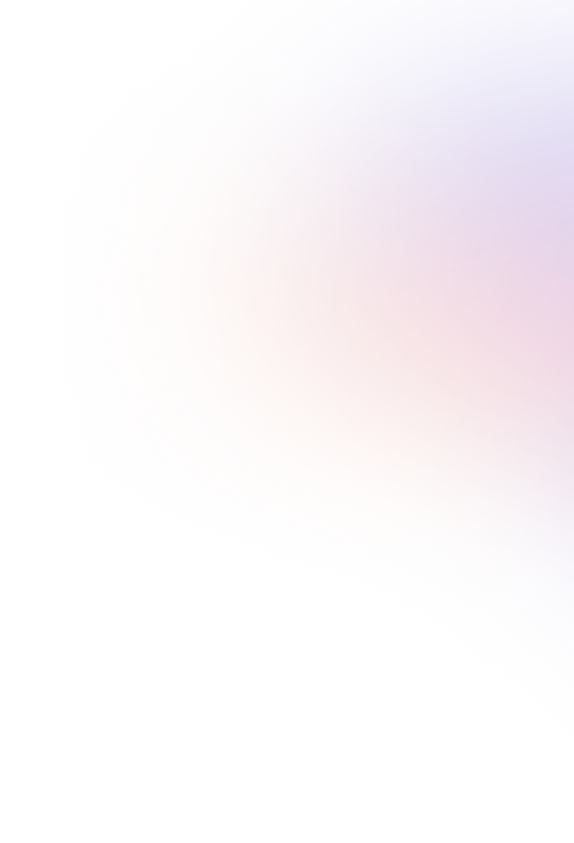


Back to resources
Automatically Revoke and Grant Oracle Permissions with the Future of Access Management
June 2023 / 5 min. read /

Oracle revoke and grant statements are an integral part of managing user privileges and permissions in the Oracle ecosystem. Modern privileged access management (PAM) platforms automate the process of revoking and granting permissions not only in Oracle Cloud but across an organization’s entire cloud architecture. In this article we’ll explore how Oracle revoke and grant statements work and the potential drawbacks of relying on them to manage user privileges. We’ll also explore how a PAM platform can strengthen and streamline the management of user permissions.
Oracle Revoke and Grant Statements
Oracle revoke and grant statements are used to manage permissions and access control within Oracle systems. They provide administrators with fine-grained control, allowing them to selectively revoke or grant privileges to users, roles, or even specific database objects.
Within Oracle, grant and revoke are both Data Control Language (DCL) Statements. DCL is the language administrators use to either authorize or restrict a user’s ability to execute tasks within Oracle. The revoke statement removes unnecessary or undesired privileges while the grant statement assigns the privileges necessary to authorized human users and machines. Taken together, Oracle grant and revoke statements provide administrators with the means to provide access to the resources required to perform necessary tasks efficiently while preventing unauthorized users from accessing sensitive cloud assets.
Potential drawbacks of using Oracle revoke and grant statements for permissioning
Revoke and grant statements play an important part in securing resources in Oracle databases, but they’re not a comprehensive cloud security solution. Instead, these statements are designed to provide Oracle database administrators with a means for establishing a database security policy. Here are a few possible limitations of using them to control access to resources.
Complex set up
Oracle grant and revoke statements require someone familiar with Oracle database administration. Creating and maintaining security policies in Oracle and other cloud data platforms isn’t an especially user-friendly process, especially for those unfamiliar with the syntax needed to properly configure these statements.
Time-consuming to manage
Once security policies have been set up, Oracle database administrators must maintain them, continually making necessary adjustments to how these access policies are written and enforced. This can represent a significant investment in time and resources.
Cannot be applied to cross-cloud environments
Oracle grant and revoke statements apply only to Oracle databases. Providing or restricting access to cloud resources outside of the Oracle ecosystem involves setting up policies unique to each individual platform, service, or application. Many organizations are now using a multi-cloud architecture that requires a comprehensive approach to permissioning.
Moving Beyond Oracle Grant and Revoke Permissions Into the Future with a Privileged Access Management (PAM) Platform
As businesses leverage the scalability, innovation, and cost savings offered by cloud solutions, they must also effectively secure these resources. This requires a new approach to managing privileged access. The modern PAM platform offers a comprehensive and centralized approach to managing user access and permissions across an organization’s entire cloud ecosystem, including Oracle.
Consistently apply user permissions across all platforms, applications, and services
One of the biggest benefits of using a PAM platform is its centralized approach to privileged access. From one dashboard, administrators can manage user permissions, credentials, and policies across multiple systems and applications. PAM platforms are designed to seamlessly integrate with Identity and Access Management (IAM) systems for multiple cloud platforms, allowing for seamless synchronization and enforcement of user permissions. This unified method ensures that user permissions are applied consistently across the business’s entire cloud ecosystem.
Automatically grant and revoke user permissions with JIT access
With their always-on access to business resources, static permissions represent a serious security risk. If compromised, those credentials can be used by attackers to access business systems and modify, delete, or exfiltrate sensitive data. Just-in-time (JIT) access provides users with time-limited access to required resources, with permissions automatically expiring after a predetermined amount of time. A PAM platform orchestrates this process, automatically granting temporary permissions as governed by the organization’s access policies.
Secrets governance protects cloud secrets and sensitive information from compromise
Cloud secrets are the credentials used to access and secure cloud services and resources. These include passwords, API or encryption keys, certifications, and tokens. Access to dynamic cloud secrets can be automatically granted and revoked using JIT permissioning. Some PAM platforms such as Britive include a secrets vault for storing static secrets. This storage method protects passwords and API keys by automatically rotating secrets and updating credentials to improve the management of joiners, movers, and leavers.
Advanced session monitoring
Actively monitoring how user permissions are being used helps administrators spot risky behaviors and verify compliance with security policies. PAM platforms provide comprehensive session monitoring, tracking, and recording of privileged user activities across platforms, applications, and services.
Seamless integrations with IaaS, PaaS, SaaS & DaaS Platforms
A PAM platform such as Britive mitigates security risks posed by human and synthetic identities with simple API-driven integrations. This flexible cloud-native solution integrates with all major Iaas, Paas, Saas, and Daas platforms, identity providers, automation tools, and governance administration systems. This seamless compatibility enables organizations to easily scale their DevOps pipeline and fuel business growth.
Automating Oracle Revoke and Grant
Oracle revoke and grant statements are a partial solution to a much larger problem. Properly securing a business’s critical data and systems in the cloud requires a transformative approach to permission management. By automating the process of revoking and granting permissions, PAM platforms such as Britive harness advanced technologies to streamline administrative tasks and strengthen security measures. Using Britive, administrators can manage user privileges, monitor how they’re used, and dynamically adjust permissions to meet evolving needs of the organization, all from a single pane.
Download this guide to learn more about how cloud access management platforms are designed to support JIT access privileges in multi-cloud environments.

